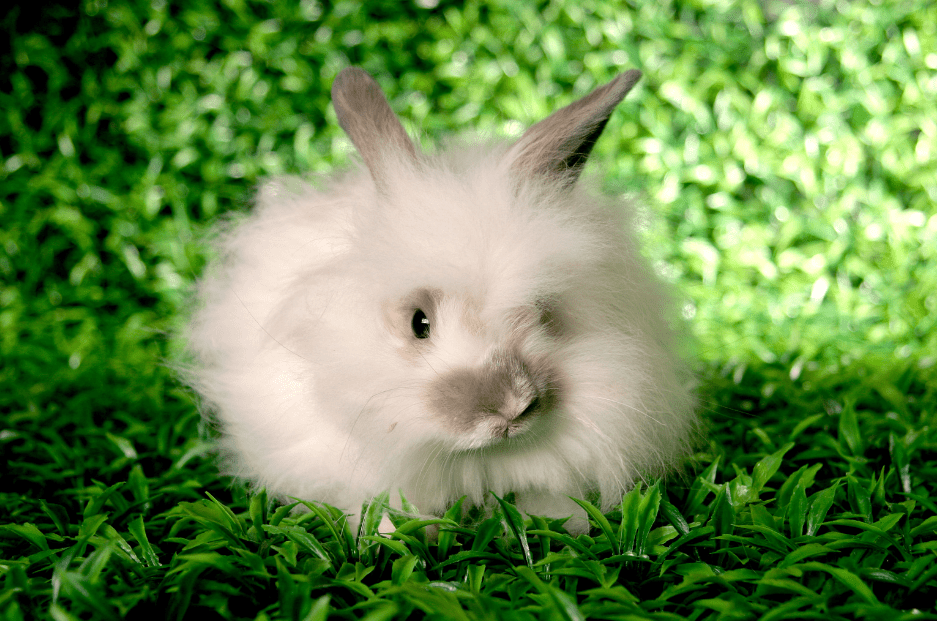
Here are detailed answers to the five questions about the Satin Angora rabbit and its shiny, soft wool:
1. What makes the wool of the Satin Angora shinier than other Angora breeds?
The Satin Angora’s wool is uniquely shiny due to a hollow hair shaft structure. This trait is inherited from the Satin gene, which causes the wool fibers to reflect light more effectively. This creates a lustrous, silky appearance that sets it apart from other Angora breeds like the English or French Angora.
2. How often should a Satin Angora be groomed to maintain the quality of its wool?
Satin Angoras require grooming at least 2–3 times per week, and sometimes daily during heavy molting periods. Their fine, soft wool tends to mat easily, so regular grooming helps prevent tangles, removes loose fur, and keeps the coat clean and healthy.
3. Is Satin Angora wool hypoallergenic compared to other natural fibers?
While Satin Angora wool is very soft and gentle, it is not considered hypoallergenic. People with wool allergies or sensitivities may still react to Angora fibers, although some find it less irritating than sheep’s wool due to its finer texture. It’s best for sensitive individuals to test a small amount before regular use.
4. How much wool does a typical Satin Angora produce annually?
A healthy Satin Angora rabbit typically produces about 8 to 12 ounces (225–340 grams) of wool per year. This yield depends on grooming practices, diet, health, and the individual rabbit’s genetics. The wool is usually harvested every 90 days.
5. What are the most common uses for Satin Angora wool in fiber arts?
Satin Angora wool is prized for its luxurious softness and sheen, making it ideal for:
- Hand spinning
- Knitting and crocheting fine garments
- Blending with other fibers like merino or silk
- Luxury accessories such as scarves, gloves, and baby items
Because of its delicate nature, it’s often used in high-end or specialty textile projects.




Here are some stunning photos of the Satin Angora rabbit, showcasing its signature silky, shiny wool, compact oval head, and medium-sized ears. The coats glisten beautifully in the light, thanks to the breed’s translucent hair shafts. angorarabbit.com+6nationalangorarabbitbreeders.com+6pangovet.com+6
The Satin Angora rabbit is a breed prized for its shiny, soft wool, which is both luxurious and lightweight. Here’s a bit more detail:
🐇 Satin Angora Rabbit – Overview
- Wool Texture: Exceptionally soft, fine, and has a unique sheen thanks to the satin gene, which gives the wool its lustrous, silky appearance.
- Color: Comes in a wide range of colors recognized by the ARBA (American Rabbit Breeders Association), from white and black to chocolate and lilac.
- Size: Medium-sized, typically weighing 6.5 to 9.5 pounds.
- Temperament: Gentle, calm, and friendly — makes a good pet if handled regularly.
- Grooming Needs: High. Their wool requires frequent grooming (at least 2–3 times a week) to prevent matting and wool block (a digestive issue from ingesting loose fibers).
✂️ Wool Use
Satin Angora wool is a favorite among spinners and fiber artists due to:
- Its smooth texture
- High yield
- Natural glossiness
- Excellent drape in finished garments
Would you like tips on grooming, wool harvesting, or how to raise Satin Angoras?